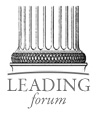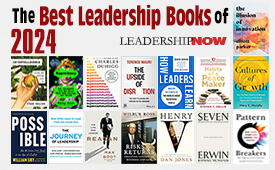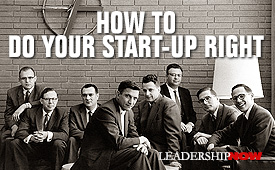 |
 |
04.11.25

Transition Points Are Fertile Ground for Reinvention
I didn’t start out as a founder. I started out as an arms dealer. Not in the literal sense — but in the early days of Silicon Valley, I was on the front lines of sales, business development, and corporate development. I knew how to close deals, spot trends, and move fast. I was valuable but always on the periphery of the real action. I was building. I watched teams turn ideas into companies and products into platforms. After a while, it became clear — I was contributing but not creating. So I made a move. I joined Ooma as a founding executive. We set out to reinvent home phone service and take on the telcos. It was bold and ambitious and taught me what zero to one really looks like. From there, I co-founded Jangl, a privacy-forward voice platform that lets people connect without giving out their real number. We raised money, built the team, and got real traction. Then, the market shifted, and we hit the wall. That kind of moment can knock you down — or wake you up. What I’ve learned across every chapter since is this: transition points represent some of the most valuable terrain upon which you’re ever likely to stand. They’re confusing, uncertain, and usually uncomfortable. But they’re also where reinvention happens — if you let it. Too many people try to erase what came before when they make a change. I’ve done the opposite. I’ve treated every shift in my career like compound interest. Sales taught me how to tell a story. Founding taught me to see around corners. Product leadership taught me to zoom out and engineer systems at scale. Every new move built on the last. That’s the difference between a pivot and a reinvention. A pivot is reactive. Reinvention is expansive. Recognizing when it’s time But how do you know when it’s time for a reinvention? Here are five signs that I’ve learned to watch for:
The key is to treat transition points not as gaps, but as launchpads. When Ooma ended, I didn’t run back to sales. I leaned harder into product. After two more startups, I shifted into leadership roles at companies like Facebook and VEVO, then helped build Disney+ and led streaming product and engineering at TelevisaUnivision. That kind of reinvention required unlearning, taking risks, and putting myself in uncomfortable rooms. But every time I did it, I unlocked new capabilities. Carrying forward what matters The trick is not to over-index on any one chapter — the startup that fails; the role that runs its course; the team that changes. All of it is temporary. What’s permanent is what you carry forward — the grit, the pattern recognition, the following your hunches. That’s the raw material for whatever comes next. Reinvention isn’t something you do once. It’s a muscle. And the people who stay relevant, energized, and dangerous in the best ways are the ones who keep flexing it. If you’re standing at a crossroads, don’t freeze. Don’t cling. Ask yourself: “Am I building something that reflects who I am right now?” And if the answer is no — what’s stopping you?  
Posted by Michael McKinney at 09:01 AM
|
BUILD YOUR KNOWLEDGE
 

How to Do Your Start-Up Right STRAIGHT TALK FOR START-UPS 
Grow Your Leadership Skills NEW AND UPCOMING LEADERSHIP BOOKS 
Leadership Minute BITE-SIZE CONCEPTS YOU CAN CHEW ON 
Classic Leadership Books BOOKS TO READ BEFORE YOU LEAD |